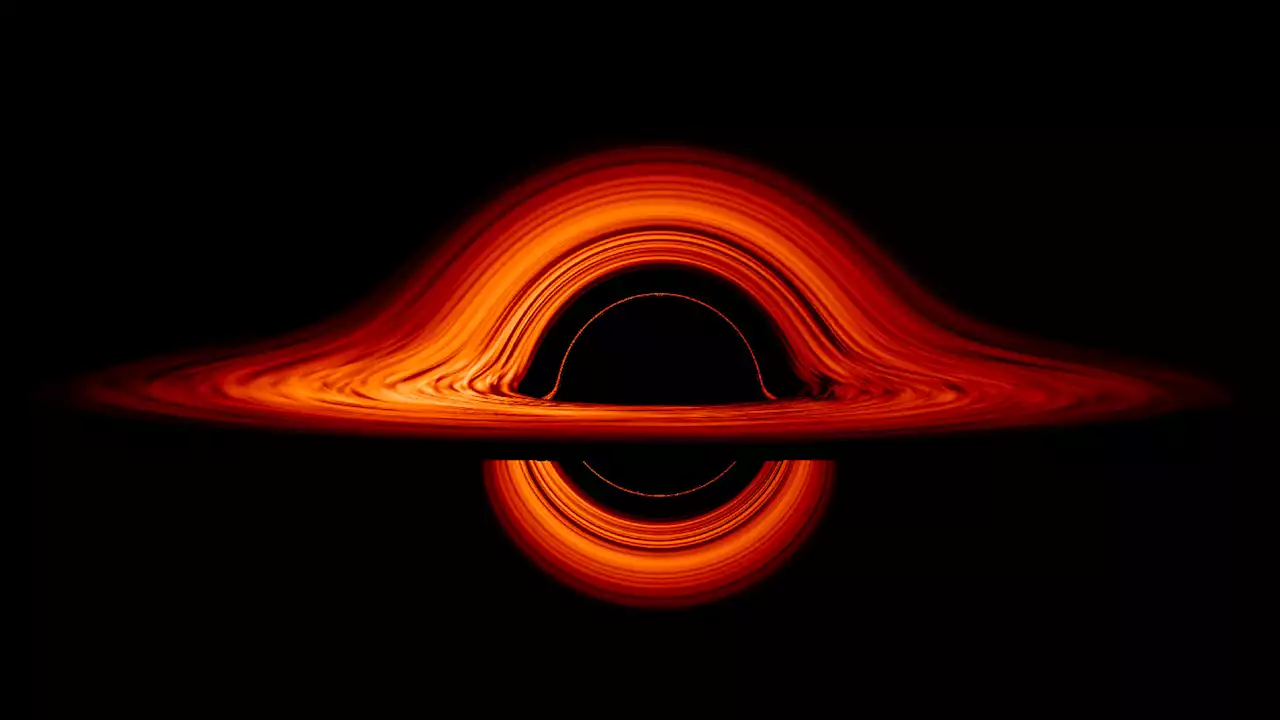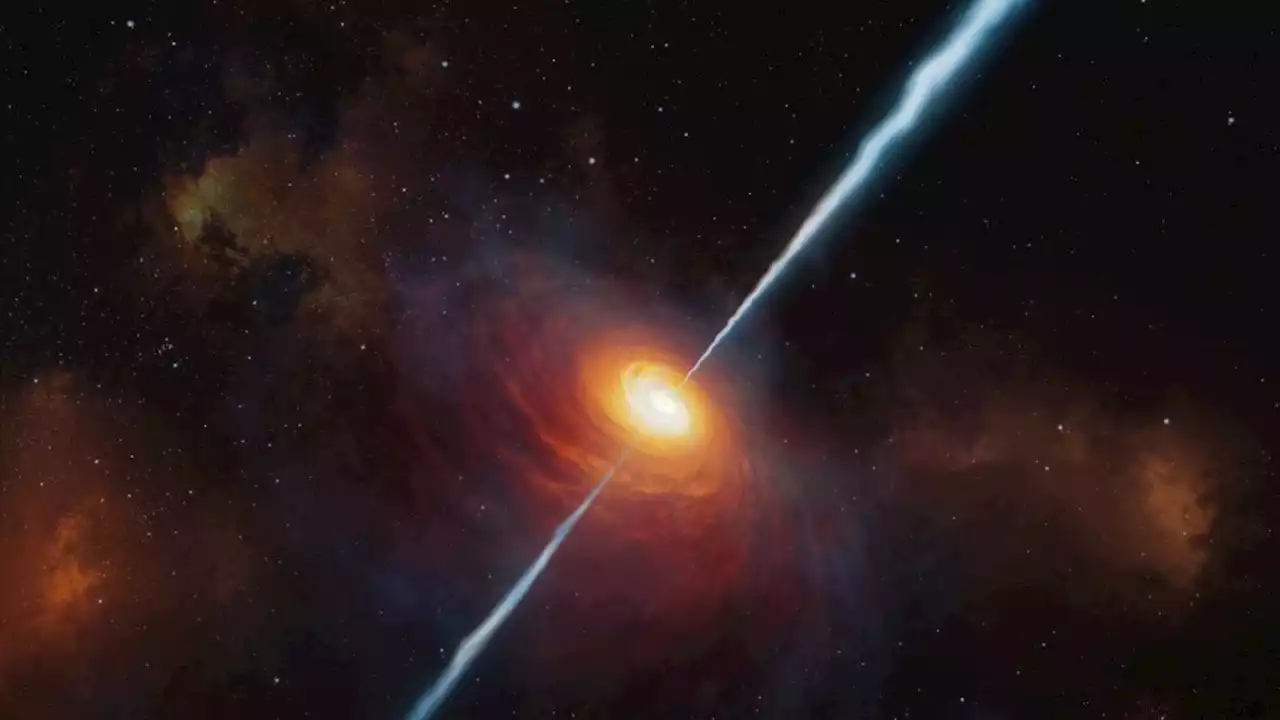Quasars, the most extreme phenomena in the universe, are triggered when galactic collisions deliver gas to feeding black holes, new research suggests.
Scientists may have solved a 60-year-old mystery by discovering that quasars — energetic objects that are powered by ravenous supermassive black holes and can outshine trillions of stars combined — form when galaxies collide and merge.
Related: 'Runaway' black hole the size of 20 million suns caught speeding through space with a trail of newborn stars behind it "To understand how quasars are ignited we need to determine how gas can fall into the center of the host galaxies at sufficiently high rates," lead study author Clive Tadhunter, a professor in the Department of Physics and Astronomy at the University of Sheffield in the U.K., told Live Science via email."One idea is that the necessary radial infall is caused by collisions between galaxies, whose associated gravitational forces can perturb the gas from its usual circular orbits.
The team's research isn't the first time galactic mergers have been linked to quasars. Tadhunter pointed out, however, that attempts to test this hypothesis by hunting for distorted structures at the outer parts of galaxies that are characteristic of such collisions had previously proved ambiguous.
United States Latest News, United States Headlines
Similar News:You can also read news stories similar to this one that we have collected from other news sources.
![]() New Wide-Angle Image Shows the Power of Supermassive Black HoleScientists have used a global array of radio telescopes to capture a new wide-angle image of the famous M87 black hole.
New Wide-Angle Image Shows the Power of Supermassive Black HoleScientists have used a global array of radio telescopes to capture a new wide-angle image of the famous M87 black hole.
Read more »
 Exotic cosmic objects in string theory may look like leaky black holesPhysicists have simulated strange objects from string theory to determine what they look like – if they exist, they could be mistaken for a black hole when imaged from very far away
Exotic cosmic objects in string theory may look like leaky black holesPhysicists have simulated strange objects from string theory to determine what they look like – if they exist, they could be mistaken for a black hole when imaged from very far away
Read more »
 Black holes resolve paradoxes by destroying quantum statesA classic quantum experiment done near a black hole would create a paradox, physicists report. But not if the black hole collapses quantum states.
Black holes resolve paradoxes by destroying quantum statesA classic quantum experiment done near a black hole would create a paradox, physicists report. But not if the black hole collapses quantum states.
Read more »
 Largest touching stars ever observed will eventually smash into each other as black holesThe larger of the two stars is 55 times more massive than the Sun. They will generate massive waves in the fabric of space-time before becoming black holes.
Largest touching stars ever observed will eventually smash into each other as black holesThe larger of the two stars is 55 times more massive than the Sun. They will generate massive waves in the fabric of space-time before becoming black holes.
Read more »
 Is This a Black Hole or a New Type of Star?A new model argues that strange, star-like objects might appear similar to black holes.
Is This a Black Hole or a New Type of Star?A new model argues that strange, star-like objects might appear similar to black holes.
Read more »
 'Black-ish' actress Yara Shahidi talks playing 1st Black Tinker Bell in 'Peter Pan and Wendy'Yara Shahidi told ABC7's Hosea Sanders that as an actress of color, the role is a breakthrough opportunity.
'Black-ish' actress Yara Shahidi talks playing 1st Black Tinker Bell in 'Peter Pan and Wendy'Yara Shahidi told ABC7's Hosea Sanders that as an actress of color, the role is a breakthrough opportunity.
Read more »
